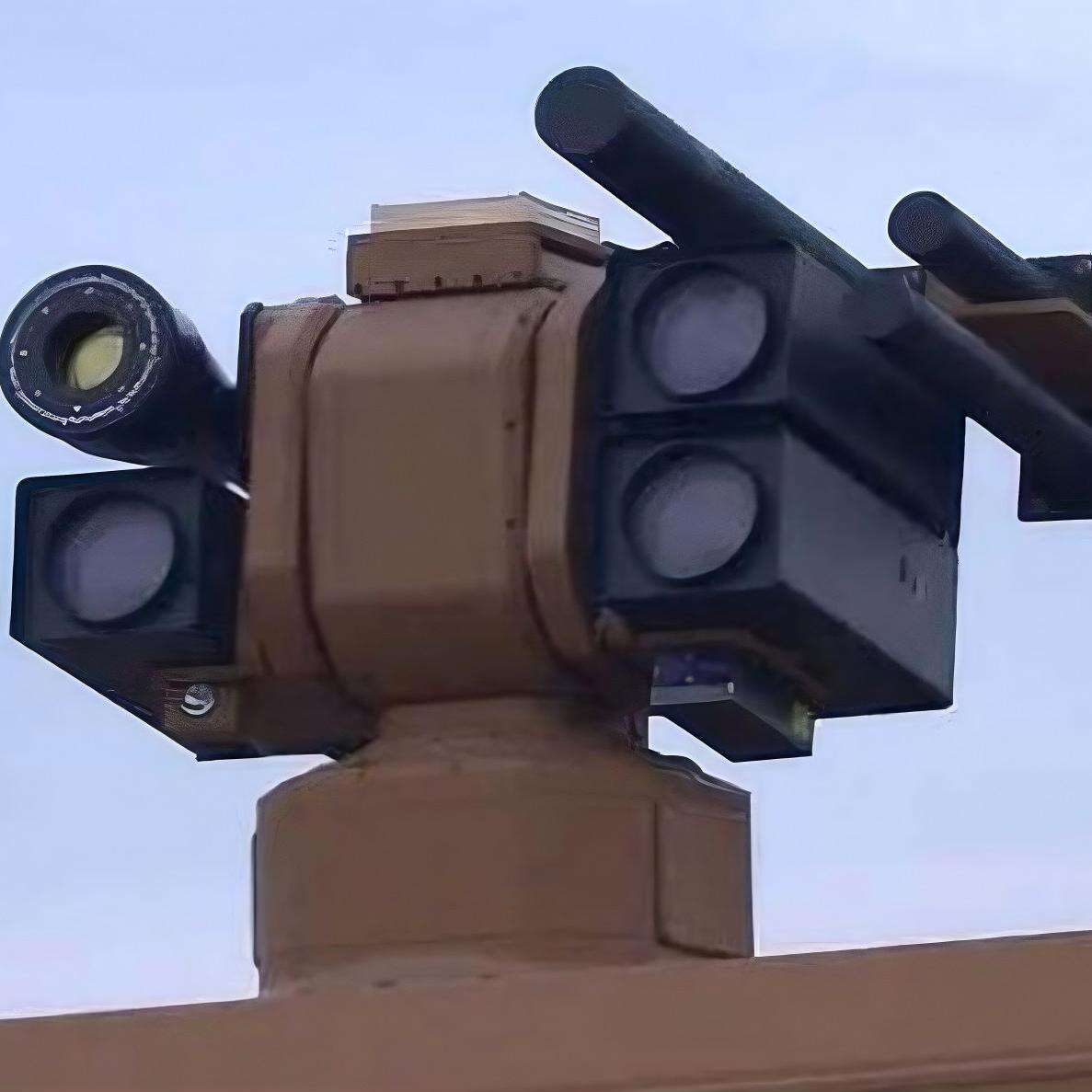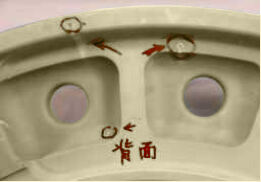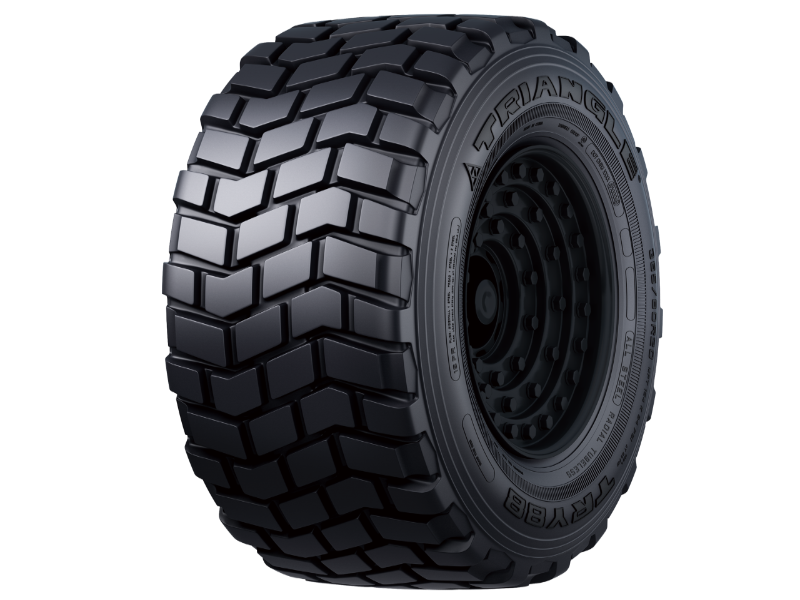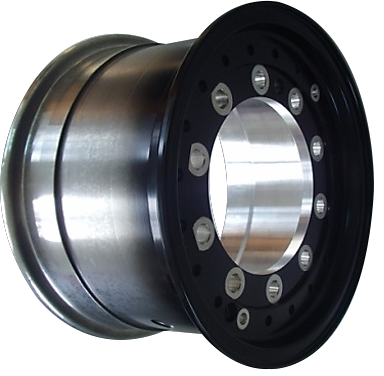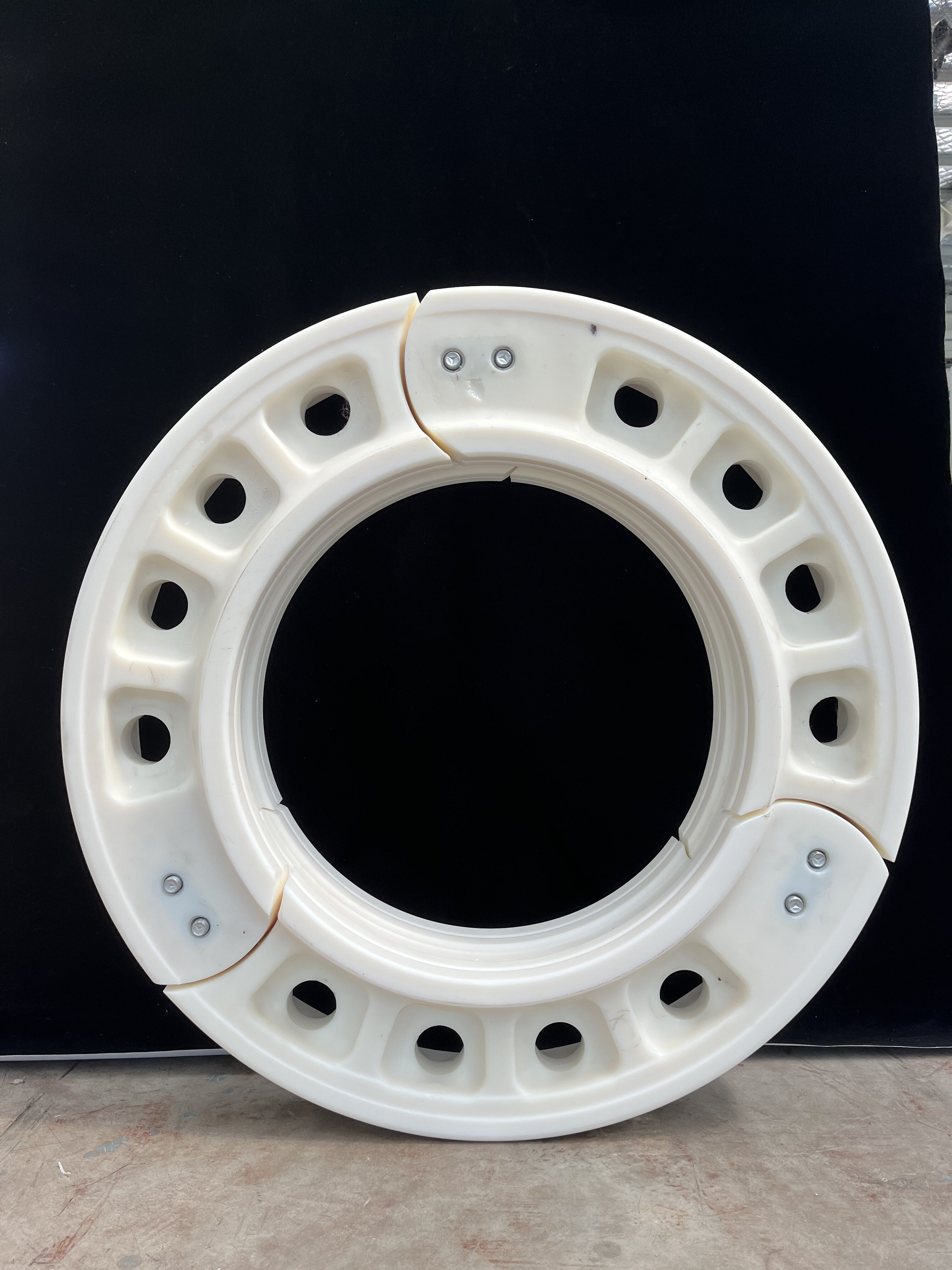self driving autonomous car
Self driving autonomous cars represent a revolutionary advancement in transportation technology, combining sophisticated sensors, artificial intelligence, and advanced computing systems to navigate roads without human intervention. These vehicles utilize an array of technologies including LiDAR, radar, cameras, and GPS to create a comprehensive understanding of their environment. The central computer system processes this data in real time, making split second decisions about steering, acceleration, and braking. Modern autonomous vehicles are categorized into six levels of automation, from Level 0 (fully manual) to Level 5 (fully autonomous). Key functions include lane keeping, adaptive cruise control, automatic emergency braking, and parking assistance. The technology employs machine learning algorithms that continuously improve the vehicle's decision making capabilities through real world experience. These cars can detect and respond to traffic signals, recognize pedestrians and other vehicles, and navigate complex road conditions. Many current models feature connectivity capabilities, allowing them to communicate with other vehicles and infrastructure, enhancing safety and efficiency. The practical applications extend beyond personal transportation to include delivery services, public transit, and commercial fleet operations.

 EN
EN
 AR
AR
 BG
BG
 FR
FR
 DE
DE
 HI
HI
 IT
IT
 JA
JA
 KO
KO
 PL
PL
 PT
PT
 RU
RU
 ES
ES
 SV
SV
 TL
TL
 ID
ID
 LV
LV
 LT
LT
 SR
SR
 UK
UK
 VI
VI
 TH
TH
 TR
TR
 FA
FA
 AF
AF
 HY
HY
 AZ
AZ
 KA
KA
 BN
BN
 LA
LA
 MN
MN
 SO
SO
 MY
MY
 KK
KK
 UZ
UZ
 KU
KU
 KY
KY



